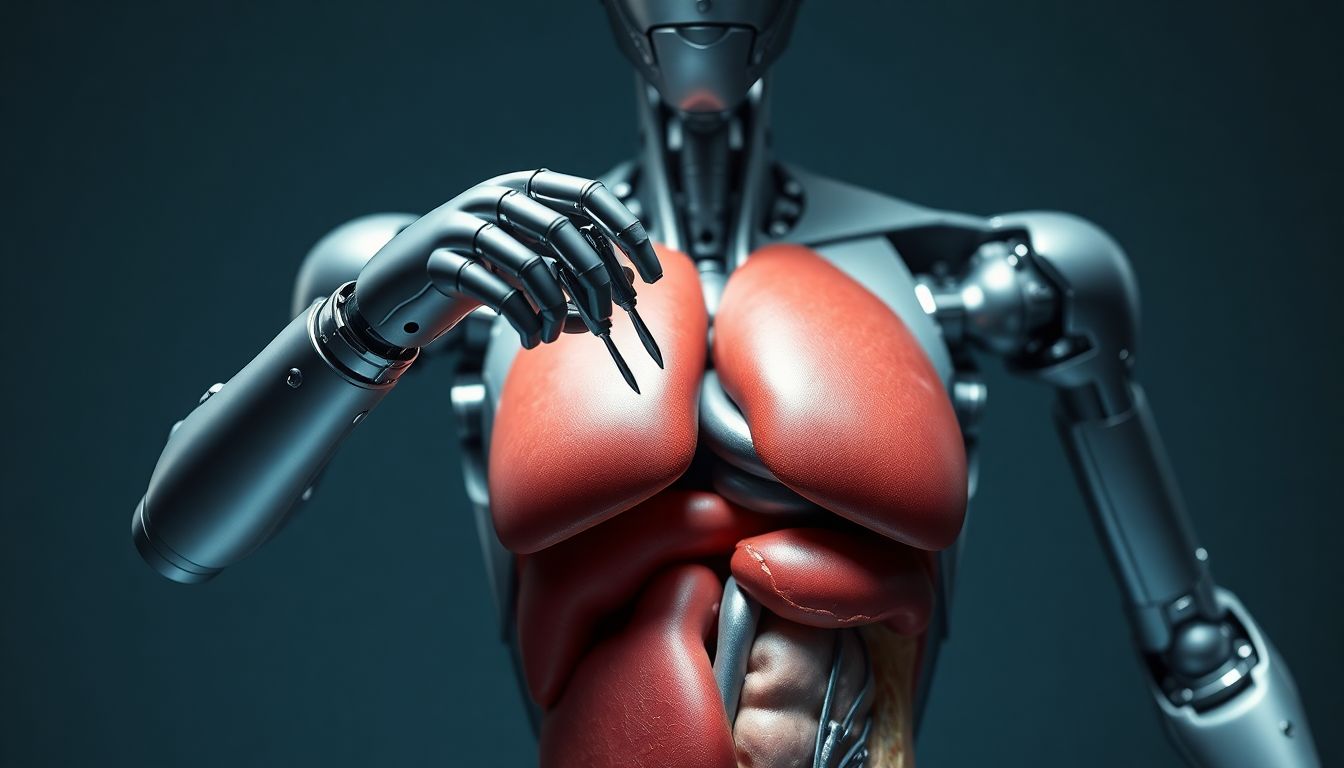Picture a surgeon, miles away, controlling tiny robotic arms with astounding precision, while performing life-saving treatments on a patient. This isn’t science fiction. Welcome to the world of surgical robots today. Traditional surgery, though often effective, has its limitations. Human error and long recovery times are real concerns. Surgical robots provide solutions. They promise to be more precise and less invasive. Are they the future?
Surgical robots are transforming medicine. They offer greater precision, faster recovery, and better outcomes for patients. But some issues remain barriers to their total domination.
Advancements in Surgical Robotics: A Technological Perspective
It’s a long way from the beginnings of surgical robotics. What started as a neat concept evolved into game-changing technology. Here’s how it played out.
A Very Short History of Surgical Robots
The first surgical robots emerged in the 1980s. These initial models were rudimentary. Some of them helped surgeons perform simple tasks. The first, the Puma 560, was used to accurately position a needle for brain biopsy. These early applications held great promise, leading to further development and innovation. The field kept growing!
Overview of Surgical Robots
Surgical robots don’t look like the ones in movies. They are complex systems. Robotic arms are a key part. From a console, a surgeon controls these arms. The arms move with high precision. Their tasks include cutting and stitching. A vision system provides clear visuals, allowing surgeons to see exactly what they’re doing inside the patient. All parts work together, enabling more precision during procedures.
Types and Applications of Surgical Robots
There are many types of surgical robots, each with specific uses. The da Vinci Surgical System is widely used for many operations, including heart surgery and prostate removal. Orthopedic robots assist with joint replacements, making the placement of implants more accurate. Neurosurgical robots help with brain surgeries, enabling surgeons to operate with greater precision in sensitive regions.
Advantages of Surgical Robots: Enhancing Patient Outcomes
The use of surgical robots has some fantastic advantages. They can transform how patients recover. Let’s see how.
Improved Precision and Accuracy
One major advantage is improved accuracy. Surgical robots make fewer mistakes than human hands. That accuracy translates into better outcomes for patients. They make smaller, more precise movements.
Better Recovery and Less Invasive Procedures
Surgical robots enable smaller incisions, resulting in less pain and faster recovery times. Patients are back on their feet sooner.
Lower Rates of Blood Loss and Infection
Robots also help minimize blood loss. The risk of infection decreases when robots are used, leading to safer surgeries and healthier patients.
Limitations and Challenges of Surgical Robotics
Amidst all the benefits, issues do exist. These challenges slow down the rate at which surgical robots are adopted. It’s important to be aware of them.
High Costs and Limited Accessibility
Surgical robots are costly devices. The expense of purchasing, maintaining, and training surgeons is significant. Not every hospital can afford them, limiting access to this technology.
Technical Hurdles and Risk of Failures
Robots can encounter technical issues and system failures. Safety concerns arise when a robot malfunctions during surgery. Constant monitoring is essential.
Education, Training, and Experience Requirements
Surgeons require extensive training to use these robots. Learning how to operate them safely takes time and practice. Not every surgeon has this expertise.
Innovations and Trends in the Future of Surgical Robotics
The world of surgical robots continues to evolve. New ideas and enhancements are constantly emerging. Let’s see what’s next.
Machine Learning and Artificial Intelligence Integration
Artificial intelligence and machine learning are enhancing surgical robots. AI can assist robots in making more informed decisions during surgery, automate tasks, and help surgeons navigate tricky areas.
New Imaging and Navigation Technologies
Better imaging and navigation technologies enable more precise surgeries. These advancements improve accuracy and lead to better patient outcomes.
Broader Applications and Surgical Subspecialties
Surgical robots are being used in new areas, such as heart surgery and internal repairs. As the technology improves, robots will be increasingly utilized in various surgical subspecialties.
Conclusion
Surgical robots offer many advantages, including higher accuracy, faster recovery, and improved outcomes. However, challenges such as cost and training need to be addressed. Despite these issues, surgical robots have the potential to transform surgery. In the years to come, they will enhance patient care. The future looks bright!

